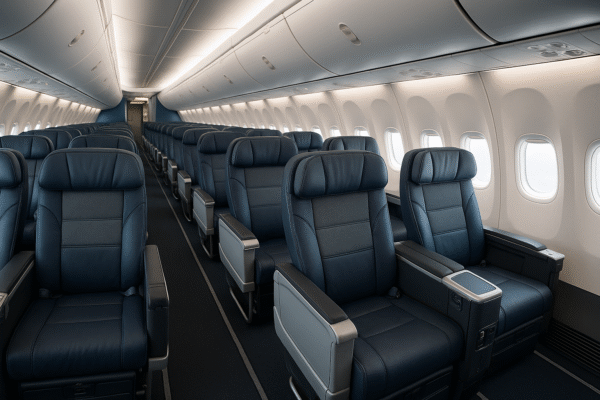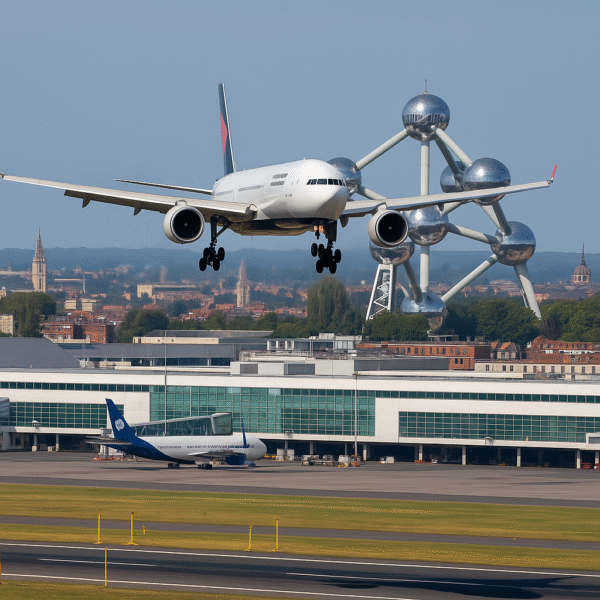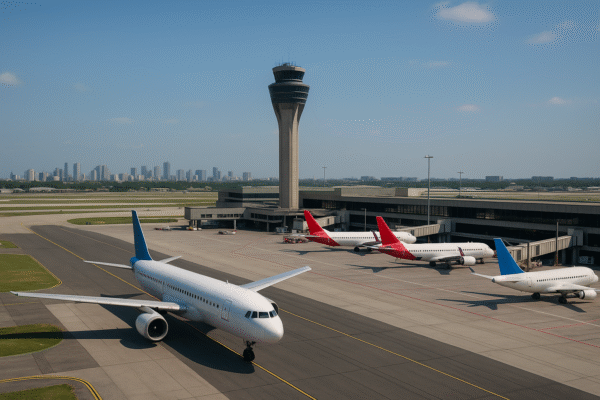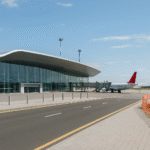India and Leading Nations Set Global Aviation Records in 2024 as Air Travel Soars to New Heights
In a landmark year for global aviation, 2024 has emerged as a turning point in the post-pandemic recovery of air travel. Nations like India, China, the United States, Spain, South Korea, Saudi Arabia, and the United Kingdom have dominated the skies with record-breaking passenger volumes, a surge in premium cabin demand, and an aggressive expansion of air connectivity.
According to the International Air Transport Association (IATA)’s World Air Transport Statistics (WATS) 2024, these countries have not only surpassed pre-pandemic numbers but have also reshaped global aviation dynamics.
India Rises as Global Aviation Powerhouse
India has made an unprecedented leap, ranking fifth globally in total passenger numbers by handling 211 million travellers in 2024 — an 11.1% year-on-year growth. This phenomenal surge underscores India’s transformation into a major aviation hub, driven by rapid infrastructure upgrades, expanding airline networks, and rising disposable incomes.
India trails only behind:
- United States: 876 million passengers
- China: 741 million
- United Kingdom: 261 million
- Spain: 241 million
Domestic connectivity is booming, particularly with increasing integration of Tier-2 and Tier-3 cities into national and international networks. Furthermore, new air routes to Europe, the Middle East, Southeast Asia, and North America have helped solidify India’s role in global air travel.
This momentum has been catalyzed by the UDAN scheme (Ude Desh ka Aam Nagrik), the Indian government’s regional connectivity program, and mega-airport projects like Jewar Airport (Noida International Airport) and the ongoing expansion of Delhi and Mumbai airports.
Premium Air Travel Rebounds Globally
One of the most notable post-COVID trends is the resurgence of premium-class travel. Globally, first and business-class travel rose by 11.8%, slightly outpacing economy class growth at 11.5%.
Out of the 1.95 billion international passengers recorded in 2024:
- 116.9 million opted for premium cabins
- Middle East saw the highest percentage (15%) of premium travellers
- Europe led in total numbers, with 39.3 million premium passengers
- Asia-Pacific recorded the fastest growth, rising by 22.8% to 21 million
India and China have been pivotal in this trend, as a growing middle class and increasing business travel drive demand for comfort and premium service experiences.
Asia-Pacific Dominates the World’s Busiest Air Routes
The Asia-Pacific region continues to dominate air traffic routes in terms of volume and frequency. In 2024, Jeju–Seoul (CJU–GMP) in South Korea topped the list of the world’s busiest routes, handling 13.2 million passengers.
Nine out of the ten busiest global routes are located within Asia-Pacific. The sole exception is Saudi Arabia’s Jeddah–Riyadh (JED–RUH) corridor, reflecting the growing influence of the Middle East in regional aviation.
Other key domestic performers include:
- Bogotá–Medellín (Colombia): 3.8 million
- Cape Town–Johannesburg (South Africa): 3.3 million
- JFK–LAX (United States): 2.2 million
- Barcelona–Palma de Mallorca (Spain): 2 million
Aircraft Preferences Shift as Efficiency Becomes Key
In 2024, aircraft manufacturers Boeing and Airbus saw tight competition. The Boeing 737 series clocked 10 million flights, generating over 2.44 trillion Available Seat Kilometers (ASKs). Meanwhile, the Airbus A320 family completed 7.9 million flights, contributing 1.7 trillion ASKs.
Key aircraft trends include:
- Airbus A321 becoming the go-to for regional high-density routes (3.4 million flights)
- Airbus A220 seeing a 21.7% YoY growth, indicating rising demand for narrow-body, fuel-efficient aircraft
Airlines Regain Financial Stability
While global airlines haven’t fully regained pre-2020 profit margins, the financial outlook has significantly improved. Passenger revenue is climbing, operational costs are stabilizing, and most airlines report nearing break-even or profitability.
The rise in aircraft orders, fleet renewals, and new route launches reflects long-term optimism across the industry. The International Civil Aviation Organization (ICAO) also notes that global air transport is expected to reach 9.7 billion passengers by 2030, with Asia-Pacific leading the growth trajectory.
India’s Aviation Trajectory Redefines Global Air Travel
India’s meteoric rise isn’t just numerical—it marks a strategic realignment in global aviation. With:
- An expanding middle class
- Increased international travel
- Rapid airport modernization
- Government-led connectivity policies
…India is now positioned to become one of the world’s top aviation hubs.
As the global epicenter of both economy-class growth and premium cabin expansion, India is no longer just a participant—it is helping reshape the very structure of global air travel.
For more travel news like this, keep reading Global Travel Wire




















